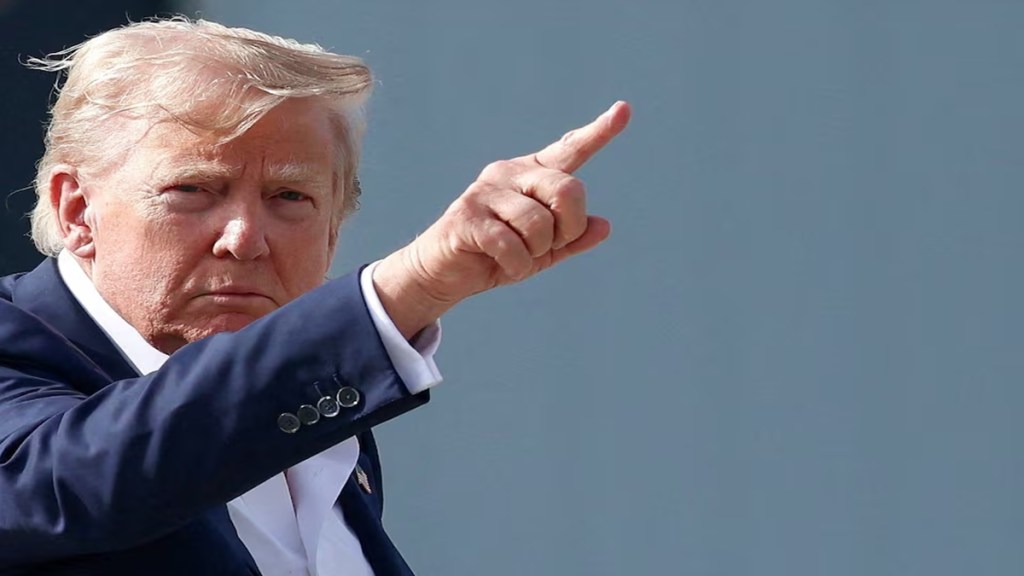Trump’s Diplomacy
With an interim India-US trade deal stuck in limbo—despite five rounds of negotiations—US President Donald Trump has slapped a 25% tariff on India’s goods to the US plus an additional penalty effective from August 1. That penalty pertains to India’s purchases of Russian oil as sanctions on Moscow are imminent for its continued war with Ukraine. As if all of this were not bad enough, Trump has also earlier threatened to impose a tariff on Brazil, Russia, India, China, and South Africa (BRICS) for moving away from the US dollar. This is clearly an example of coercive diplomacy as Trump is weaponising tariffs to ensure that countries with trade surpluses with the US pay higher tariffs and adopt measures like energy and defence purchases from America to reduce their surpluses. The US president insists on zero duty access for US goods into their economy, which countries like India find difficult to accept. The Indian government, for its part, is closely examining Trump’s tariff missive to fashion an appropriate policy response.
Trade Deal and US Demands
Even if the August 1 deadline has not been met to conclude a deal, negotiations will continue when a team from Washington visits India on August 25. However, there is a warrant to temper expectations that any mutually beneficial deal will work out this autumn. Look no further as to what is in store for India with the deals Trump has worked with emerging economies like Indonesia and Vietnam. Indonesia faces a tariff of 19% despite eliminating 99% of all tariff barriers for a full range of US industrial, food, and agricultural products. In addition, Indonesia will purchase aircraft worth $3.2 billion, and energy products worth $15 billion. Vietnam faces a tariff of 20% while allowing US goods to enter the country duty-free. In addition, Vietnam also faces a 40% levy if there is transshipment of goods from China. The US’s insistence on India opening its market to American goods is an important reason why an interim deal has so far been elusive.
Further talks are unlikely to make any breakthrough. Given its relatively low per capita income, India realises that it still needs to impose reasonable tariffs even as it is willing to lower the overall level of its tariffs under US pressure. Trump has always taunted India for being a tariff king with one of the highest duties in the world. On Wednesday, he took it one step further by terming India’s trade barriers “obnoxious”. India, for its part, has been willing to accommodate the US’s requests for lower tariffs on specific industrial commodities but has held firm on its agricultural red lines— especially lowering duties on genetically modified maize and soya bean which are not allowed under our regulations. India has held firm on these red lines even with respect to its landmark Comprehensive Economic and Trade Agreement with the UK.
India must be ready to impose retaliatory tariffs on certain US products in response to American tariffs on steel and aluminium. There is a need for similar strategic intent to ensure that we retain our autonomy in sourcing energy supplies from anywhere in the world, including Russia. India needs to assure the US that the BRICS don’t have any intention to create a currency to rival the US dollar. The upshot is that India needs to hold firm and safeguard its national interests rather than succumb to US pressure to clinch an interim trade deal at all costs.
